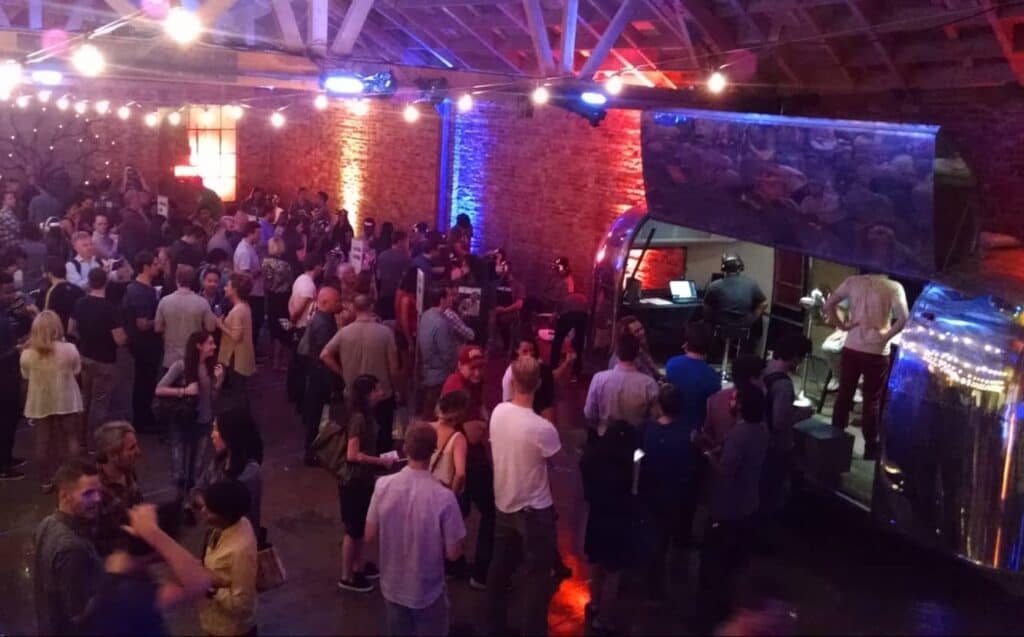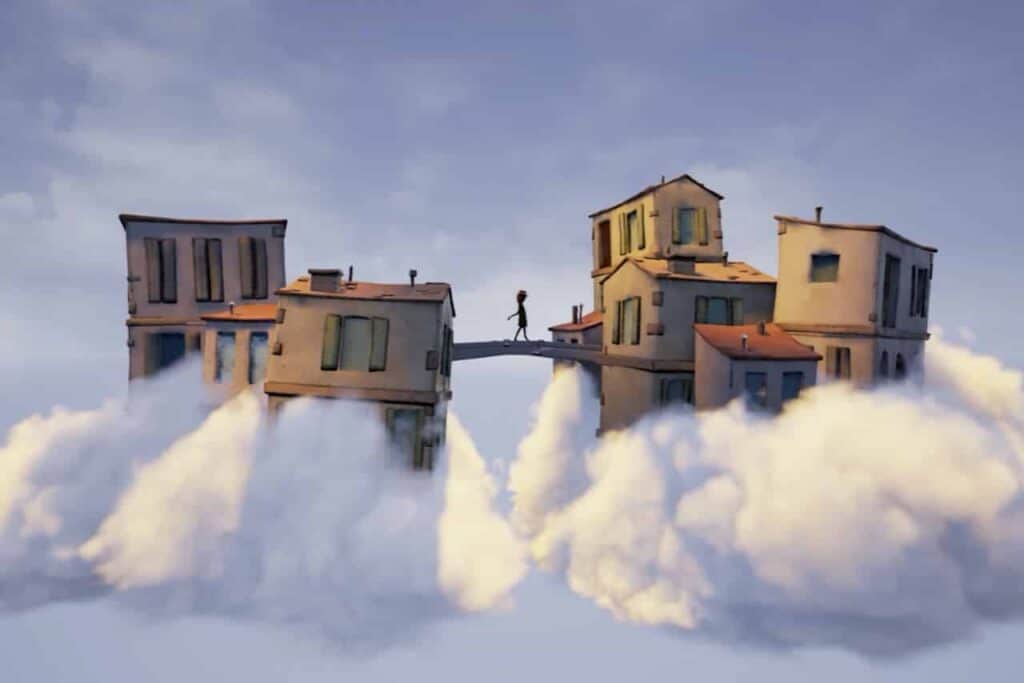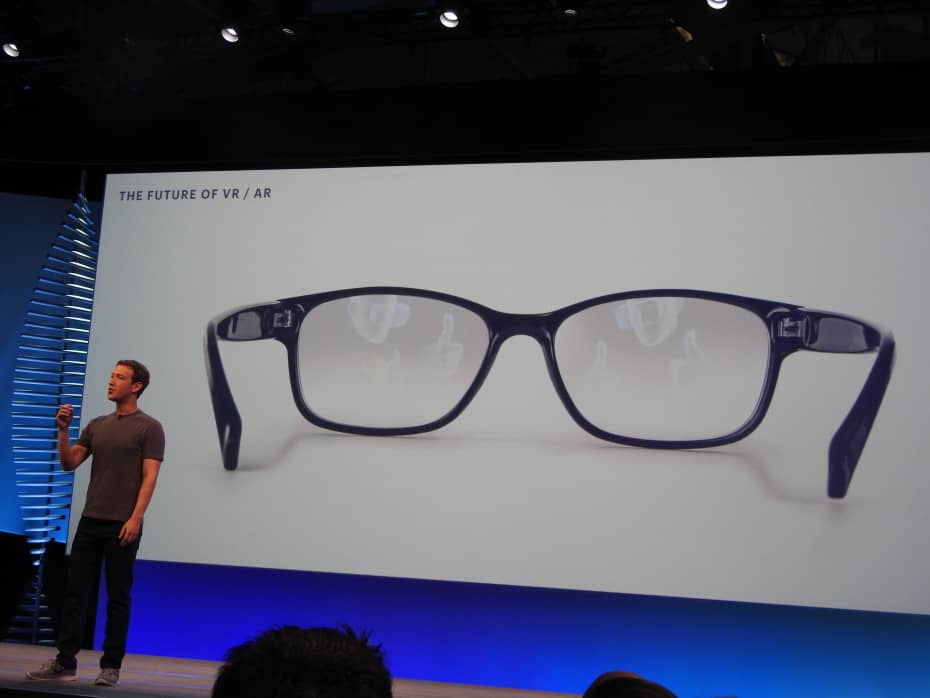Does VR need a hit experience? One that blows away the audience? That’s the question asked by TechCrunch in Jon Evan’s article, “VR Needs a Hit.” It’s a fair enough question, but misses the basic point about virtual reality. Here’s Evan’s take:
I believe virtual reality is going to be huge. Huge. …Eventually. But when? Are we talking years, or decades? I visited yet another VR festival this week, and I couldn’t shake the feeling that we’re still in the very early days of the medium. It’s amazing! It’s thrilling! And it’s still kind of the Stone Age. When do we get to discover bronze?
People talk about a “Cambrian explosion” of VR content over the next year or so. I sure hope so. Because there is a very plausible future in which a hard core of VR enthusiasts build systems and worlds that whet the appetite, tickle the interest, and fan the flame of true belief in a tiny minority — but spend a decade failing to break through to the larger population.

If you have been to a number of VR conferences and festivals, you get Evan’s point. There’s some poorly designed virtual reality, lots of middle of the road stuff, and a number of jaw-dropping experiences. But once the novelty wears off, you start asking yourself: is it worth waiting in line 20 minutes for a five-minute VR experience? It always is at the first VR conference you go to. Not so much by the tenth one. The “Cambrian explosion” seems stifled. As if we are stuck inside some kind primordial VR soup.
Does VR need a hit?
The question in TechCrunch is poorly framed. Remember how there was a time when we talked about the “Killer App” for the mobile phone? There was no killer app, but a killer experience that revolutionized nearly everything we used to do on our desktops. From music, to gaming, to messaging . . . the list goes on and on. And then there’s social media which demands mobility.
VR does not need a hit and we seriously doubt it will have a single one. Instead, there will be multiple hits, amazing experiences that transform our understanding of the world and ourselves. What VR needs are the platforms, devices and content creation tools to make it happen. It’s what Google wants to do with Daydream. And what Samsung and others are working on with consumer-market VR headsets and cameras.
Here’s my point: Pokemon Go is a hit. In fact it has put AR on the map. Suddenly the world seems to know what augmented reality is even though Niantic’s implementation is about as basic as you can get. But Pokemon Go doesn’t solve the deeper issues with AR – that we are looking down at our mobile screens. Millions will use it for now, but Niantic’s incredibly popular game is crying out for a new device. An AR headset that delivers the killer experience. And not just a hit.
Yes, we’re waiting on you, Magic Leap. I know, I know, have faith.
The Distribution Challenge

There’s also the issue of distributing VR content, which is more of a challenge than in augmented reality. We’ve seen a number of virtual reality experiences that could count as hits – from The Martian to Allumette. Wired called the latter a masterpiece and we agree. It was the longest VR experience we have been in and it ended way too soon. But there was a challenge with Allumette. It requires a high-end VR headset and at the Tribeca Film Festival, only one person at a time could experience it.
Think about this as a format: only person at a time, every 20 minutes. Before noon of the day we were there, potential viewers were getting turned away, or told to come back as possible standbys. We saw it only because we lined up before the doors opened that morning.
Allumette was only one of a number of incredible VR experiences at the Tribeca this year. Most had greater capacity, but were still limited to 4-5 people. If you missed some of the others, Wired covered eight that were well worth your time. If you could have made it to the front of the line.
The Multiplex on your Face
We’re not expecting the distribution challenge to be solved by larger venues, or by working out the logistics so twenty people could view Allumette at the same time. Movies are successful these days due to choice and ease of access. Virtual reality experiences will have to do the same. Yes, there’s the one-offs – Chris Milk’s shared VR experience at TED this year. But that’s not an everyday event. We need easy-to-use VR headsets, truckloads of bandwidth, and standards so that the hardware gets out of the way.
Evan gets this when he notes that his best VR experience actually came from a device – a hand controller – not from exceptional content,
Most VR experiences so far are more curiosities than they are compelling. One exception, for me, was Leap Motion’s no-controller motion-tracking experience, which simply tracks your hands in real time such that you almost seamlessly, almost perfectly, wield them and use them in a virtual world. It doesn’t quite just work, but it’s close enough that the weightlessness of virtual objects is actually instinctively disconcerting.
Your Future VR Glasses

In the end, our virtual reality headsets will shrink down to something close to a pair of eyeglasses. And probably something where the intensity of the visual content can be adjusted. I’ll adjust the degree of immersion I need depending on the experience.
That’s a few years down the road and Magic Leap may get there first with an AR device. But the point here is not that VR needs a hit. It needs much better hardware. There is incredible creativity in the VR community – we see it every day. Sure, we need more content but no single piece of content will be the game-changer. But when it comes to hardware, we’re just a little past where we were in the 1980’s with mobile phones.
But not for long, my friend.
Emory Craig is a writer, speaker, and consultant specializing in virtual reality (VR) and artificial intelligence (AI) with a rich background in art, new media, and higher education. A sought-after speaker at international conferences, he shares his unique insights on innovation and collaborates with universities, nonprofits, businesses, and international organizations to develop transformative initiatives in XR, AI, and digital ethics. Passionate about harnessing the potential of cutting-edge technologies, he explores the ethical ramifications of blending the real with the virtual, sparking meaningful conversations about the future of human experience in an increasingly interconnected world.

